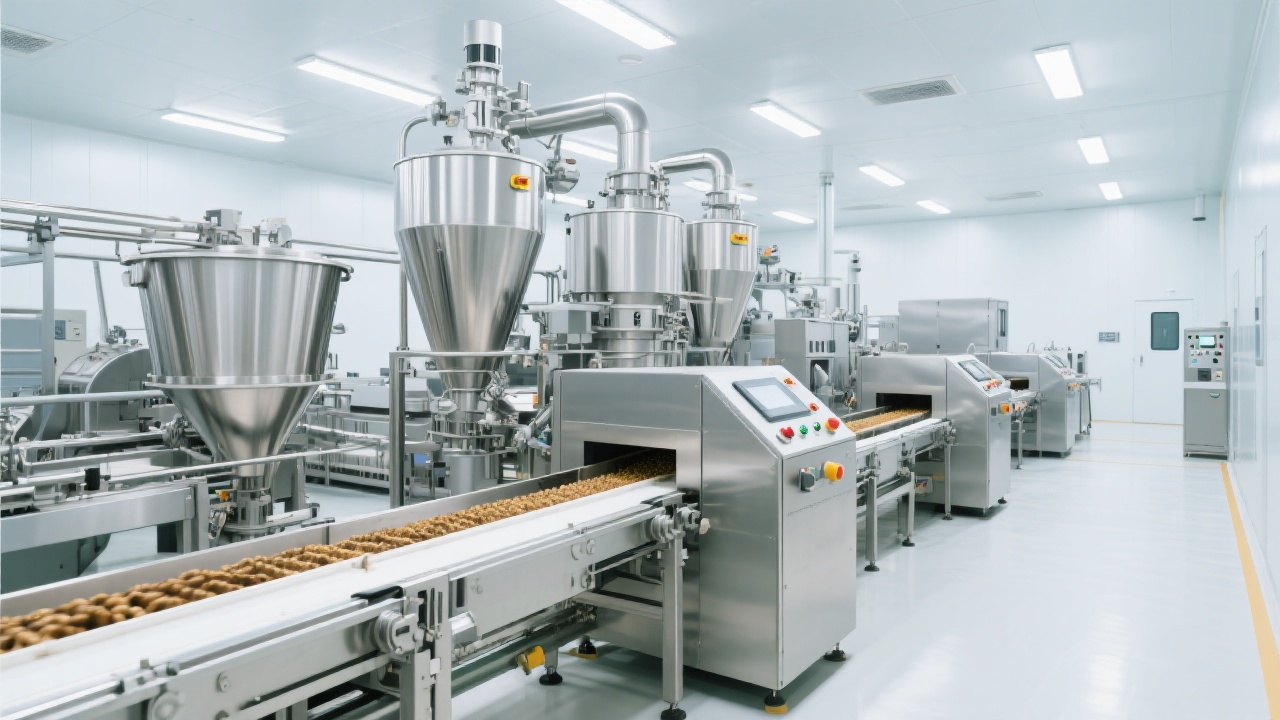
In today’s competitive edible oil market, maximizing extraction efficiency while maintaining product purity is no longer optional—it’s essential. Whether you're processing soybeans, peanuts, or palm kernels, the synergy between high-efficiency pressing and physical filtration can boost your oil recovery rate by up to 12–18%, according to field studies from China's Agricultural Machinery Research Institute (AMRI).
Different oilseeds behave uniquely under pressure. For example:
| Oilseed Type | Typical Raw Oil Content (%) | Recommended Press Pressure (MPa) |
|---|---|---|
| Soybean | 18–22% | 15–20 MPa |
| Peanut | 40–55% | 10–15 MPa |
| Palm Kernel | 45–55% | 12–18 MPa |
As Dr. Li Wei, an expert in mechanical oil extraction at Zhejiang University, notes: “The key isn't just applying more pressure—it’s optimizing the interplay between compression time, temperature control, and post-press filtration.”
After pressing, crude oil often contains suspended solids that reduce yield if not properly removed. A well-timed physical filtration step—typically using a dual-stage filter press or centrifugal separator—can recover an additional 5–8% of usable oil from the cake residue. This isn’t just about volume—it’s also about preserving omega-3s, tocopherols, and other nutrients lost during inefficient processing.
For instance, a small-scale peanut oil producer in Vietnam saw their average yield rise from 47% to 54.2% after implementing a pre-filtering system before final polishing—a gain of over 7 percentage points with minimal capital investment.

These adjustments may seem minor—but when applied consistently across batches, they compound into significant improvements in both yield and quality.
.jpg)
Ultimately, the goal is not just to extract more oil—but to do so sustainably. With smarter workflows, even modest operations can achieve near-industrial-grade efficiency without costly upgrades.
Ready to explore how your facility can benefit from these techniques? Discover our free guide to efficient oil extraction methods—trusted by producers in over 20 countries.

